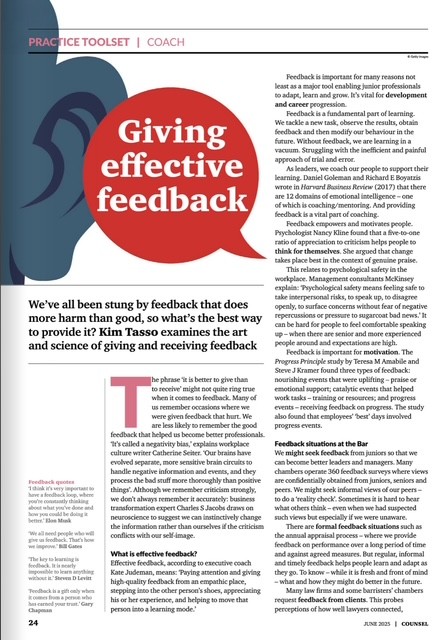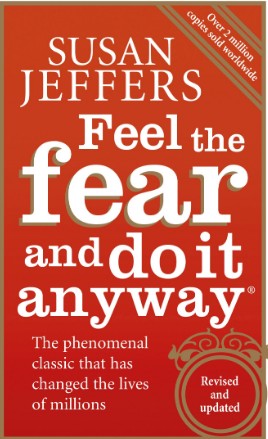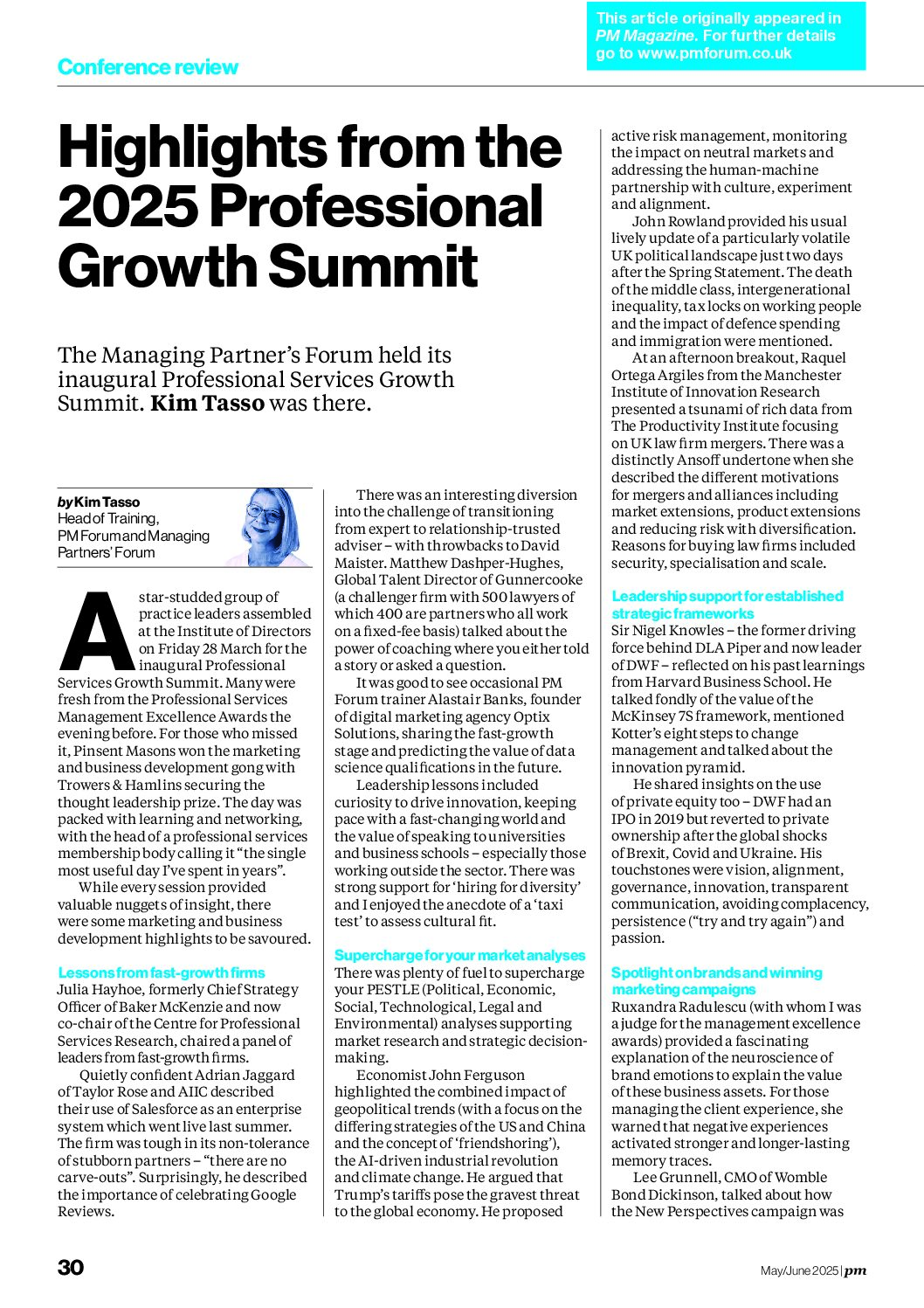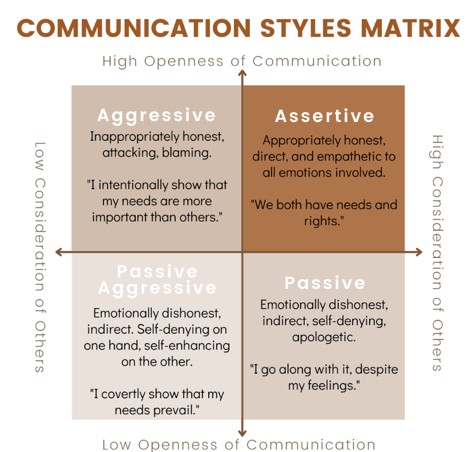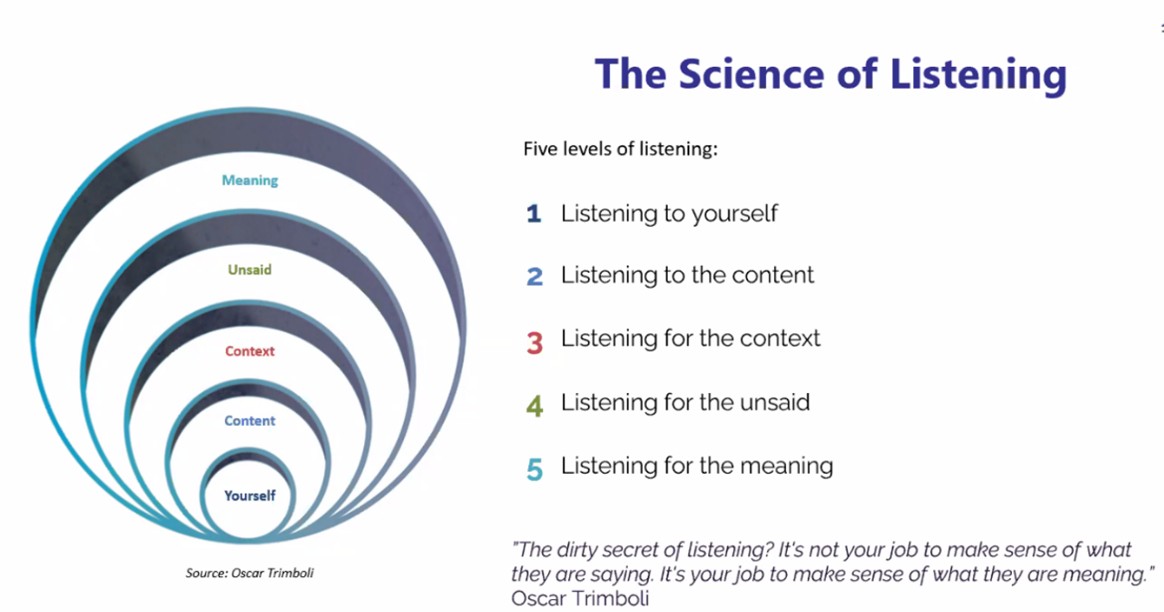
This is one of a series of blogs on problem solving, creative thinking and creativity to support a number of public and in-house training courses on the subject with regards to strategy and business development. Please let me know (kim@kimtasso.com) if you would like further details of half and full day workshops or services to design and facilitate sessions. Creativity 2: Creativity and personality profiling.
Several clients have asked me recently about personality profiling. And specifically about creativity and personality profiling. I have written before about my accreditation as a British Psychological Society (BPS) assessor using the NEO Personality inventory. The openness dimension is one that is often linked to creativity.
Some of the other assessments relating to creativity and personality that are worth mentioning are:
Myers Brigg Type Indicator
Whilst popular, this technique has been criticised. Jung proposed the existence of two pairs of cognitive functions – the “rational” (judging) functions: thinking and feeling and “irrational” (perceiving) functions: sensing and intuition. He went on to suggest that these functions are expressed in either an introverted or extraverted form. MBTI is based on four spectrums:
• Extraversion (E) – Introversion (I) The extravert’s flow is directed outward toward people and objects, and the introvert’s is directed inward toward concepts and ideas.
• Sensing (S) – Intuition (N) How new information is understood functionally
• Thinking (T) – Feeling (F) Decision making and judging functions
• Judgment (J) – Perception (P) Added by Myers Briggs this is a preference for using either the judging function (thinking or feeling) or the perceiving function (sensing or intuition)
The combinations make up 16 different styles. There is also a creativity index called the MBTI-CI which identifies an SFP cluster as being the most likely to reflect creativity. Others suggest that the most creative Myers-Briggs types are NTs and NFs.
DISC
This is a challenger to MBTI as it is statistically valid and reliable and is used for insights into both individuals and groups. There are four types:
- Dominance – This relates to assertiveness and the desire for power and control. These people typically like to be in charge and make decisions. How you deal with problems, assert yourself and control situations.
- Influence – This relates to communication and social situations. These people are good in social situations and are good facilitators, persuaders and motivators. How you deal with people and communicate and related with others.
- Steadiness – This relates to persistence, patience and thoughtfulness. These folk are quietly efficient and loyal. Your temperament.
- Compliance – This relates to organisation and structure. These people like rules and boundaries and are likely to have a conservative outlook. How you approach and organise your activity, procedures and responsibilities.
Most people combine more than one type. The Creative (“a strong inner motivation to assertively create and implement new ideas”) is one of 15 profiles of the DISC personality test and is described as follows:
Dominance – Creatives are resourceful, aim high and want authority.
Influence – Creatives are comfortable working alone.
Steadiness – Creatives enjoy stretching intellectually and physically.
Compliance – Creatives are innovative but tend to avoid risk-taking.
More information here https://www.discprofile.com/what-is-disc/overview/
There is a free DISC test and further descriptions of the various combinations of types.
Colour Insights Personalities
Many people will be familiar with Insights Discovery & Colour Types: A Beginners Guide | The Colour Works.
This assessment considers whether you are mostly a red, blue, green or yellow personality (typically you have a strong dominance of two colours). And shows you the strengths and weaknesses of each colour personality and how best to adapt your style to communicate and collaborate most effectively with different colour personalities to your own.
Herrman Brain Dominance Instrument
This is an assessment of patterns of brain dominance in individuals based on four quadrants:
Right side of the brain – Processes incoming information which is then moved to the left and processed and stored. Associated with rhythm, pattern, dimension, daydreaming, imagination, space and colour
Left hand side of the brain – Where information is stored associated with logic, words, numbers, linearity, analysis, sequence and lists
Higher (Cortical) – Roles in consciousness, conscience, processing information from the senses, language etc
Lower (Limbic) – Basic drives for survival, the urge to reproduce and movement
There are thus four types: Analyser (natural decision maker, comfortable with leadership), Organiser (data organiser, likely to work alone), Personaliser (people orientation) and Strategiser (at home with ideas and imagination). There is a fee for assessment although there are free assessments for left/right dominance (e.g. http://www.ipn.at/ipn.asp?BHX
Kirton Adaption-Innovation Inventory (KAI)
Adaptor or Innovator? Cognitive style can impact creativity – and the KAI test looks at whether this is focused towards adapting to or breaking the “rules”. See also KAI Centre.
You might also find it useful to consider pigeons or magpies: Leadership teams: Maverick Magpies and Predictable Pigeons (kimtasso.com)
Epstein ECCI-I (Epstein Creativity Competencies Inventory for Individuals)
Please read the blog about creative competencies.
It is interesting to learn that as intelligence scores have risen substantially in the last century, so too have many measures of creativity.
There is a fun free creativity test looking at: abstraction, connection, perspective, curiosity, boldness, paradox, complexity and persistence.
Other assessments include:
Book review – Emotional Intelligence 2.0 (kimtasso.com)
The GC Index® – a Leadership and Board Assessment tool (organimetric) (kimtasso.com)
Book review: The Management Shift by Vlatka Hlupic (kimtasso.com)




